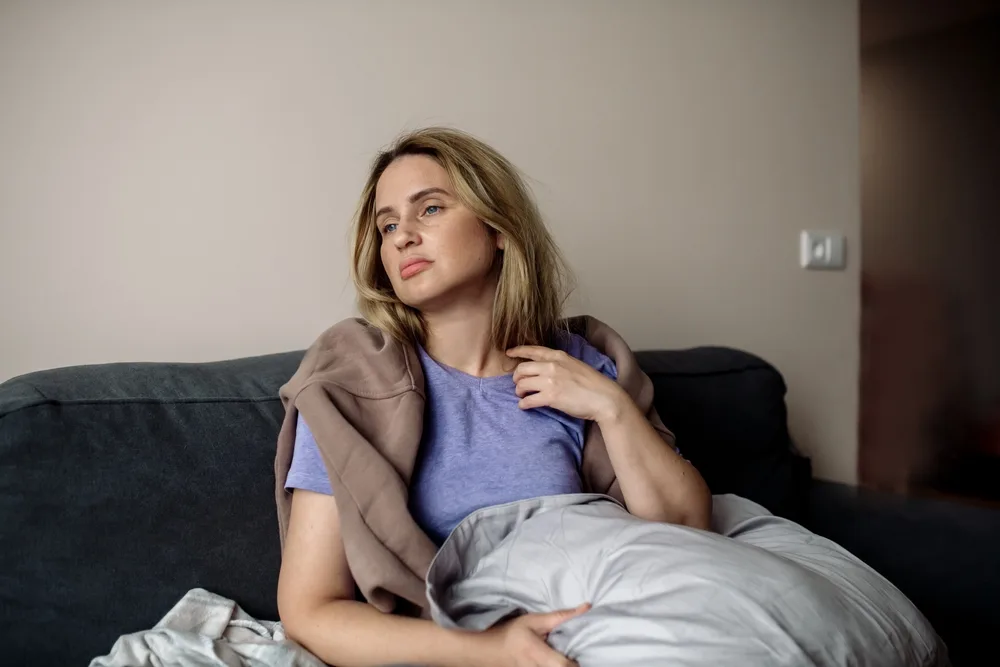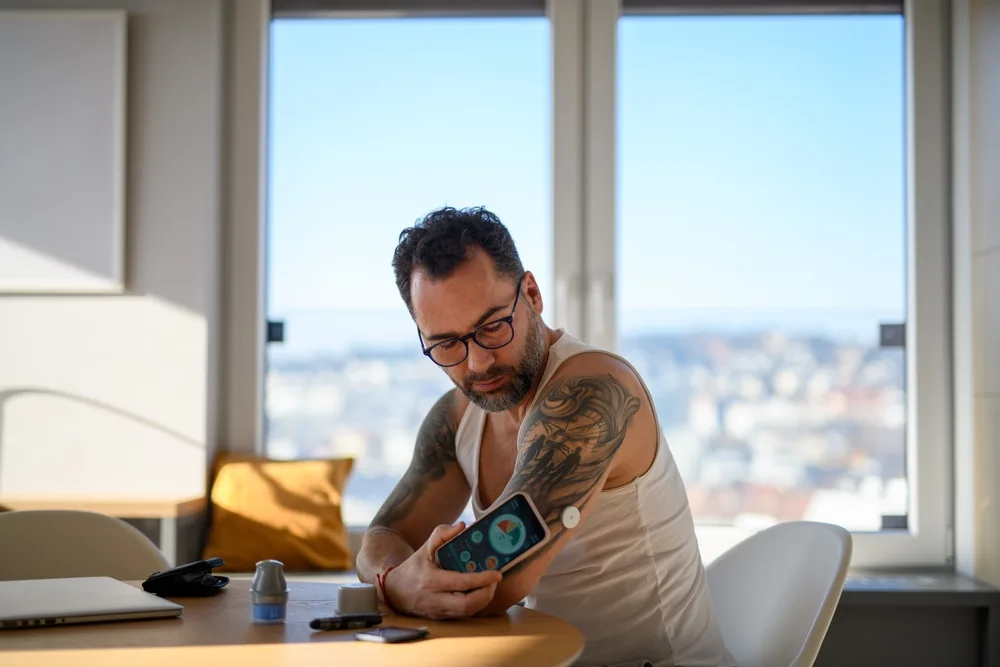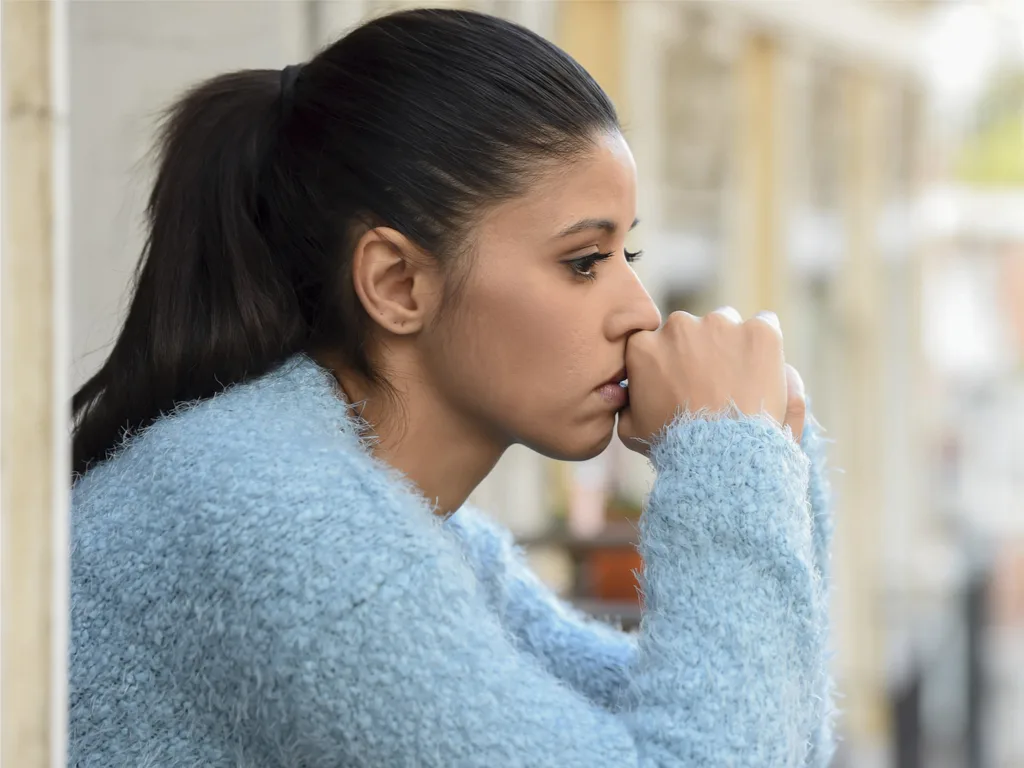
In the ever-evolving landscape of social media, new trends emerge almost daily, captivating the attention of millions. One such trend that has recently gained momentum on TikTok is known as “Bed Rotting.”
This peculiar phenomenon has taken the platform by storm, but it raises critical questions about its impact on mental health. In this article, we will delve into the “Bed Rotting” trend, explore its prevalence, its connection to anxiety and depression, and the potential dangers it poses.
TikTok’s “Bed Rotting” Trend
“Bed Rotting” is the latest craze on TikTok, where users voluntarily document their days spent in bed, often without getting up for prolonged periods.
The term is a play on words, combining “bedridden” and “rot,” and it has quickly gained popularity due to its relatability in an increasingly digitized world. The trend primarily involves individuals sharing their daily routines, or rather, the lack thereof, while lounging in their beds.
The Alarming Rise of Anxiety and Depression
To understand the “Bed Rotting” trend better, it’s crucial to acknowledge the prevalence of anxiety and depression, especially among young adults and adolescents.
In recent years, mental health issues have become a significant concern worldwide. The pressures of modern life, including academic stress, career uncertainties, and the constant comparison facilitated by social media, have contributed to rising levels of anxiety and depression.
Many individuals find solace in the comfort of their beds, as it provides a retreat from the overwhelming demands of everyday life. In this context, “Bed Rotting” may serve as a coping mechanism for those grappling with mental health challenges.
It offers a sense of community, where individuals can connect with others facing similar struggles. However, it is vital to recognize that while “Bed Rotting” may provide temporary relief, it does not address the root causes of anxiety and depression.
Social Media’s Role in Fueling Trends
Social media platforms like TikTok have a unique ability to amplify trends and behaviors. They create a sense of belonging by connecting people with shared interests and experiences.
However, this sense of belonging can be a double-edged sword. While it can provide support and camaraderie, it can also perpetuate harmful behaviors.
In the case of “Bed Rotting,” social media fuels the trend by normalizing and glamorizing a sedentary lifestyle. It encourages users to prioritize instant gratification and fleeting viral fame over long-term well-being.
The constant exposure to content related to “Bed Rotting” may inadvertently reinforce unhealthy habits and discourage individuals from seeking help for their mental health issues.
The Dangers of “Bed Rotting”
While participating in the “Bed Rotting” trend may offer a brief escape from life’s pressures, it poses several dangers to mental and physical health:
- Isolation: Spending extended periods in bed can lead to isolation and disconnection from real-life social interactions, exacerbating feelings of loneliness and depression.
- Physical Health: A sedentary lifestyle can result in various health issues, including weight gain, muscle atrophy, and increased risk of chronic diseases like heart disease and diabetes.
- Procrastination: “Bed Rotting” may lead to procrastination, making it challenging to meet responsibilities and goals, further contributing to stress and anxiety.
- False Escapism: Engaging in the trend may provide a temporary escape from life’s challenges, but it does not address underlying mental health issues. Avoiding these issues can lead to worsened symptoms over time.
Conclusion
The “Bed Rotting” trend on TikTok has undoubtedly garnered attention, but it’s essential to recognize its potential impact on mental health.
While it may offer a sense of community and momentary relief, it does not address the root causes of anxiety and depression. Instead, it can perpetuate harmful behaviors and isolate individuals further.
In a world where social media trends come and go in the blink of an eye, it’s crucial to prioritize our mental and physical well-being. Seeking professional help and developing healthy coping mechanisms are essential steps toward addressing anxiety and depression.
Rather than “rotting” in bed, we can try to strive for growth, connection, and a balanced approach to the digital world. Remember, trends may come and go, but your health and happiness should always take center stage.



